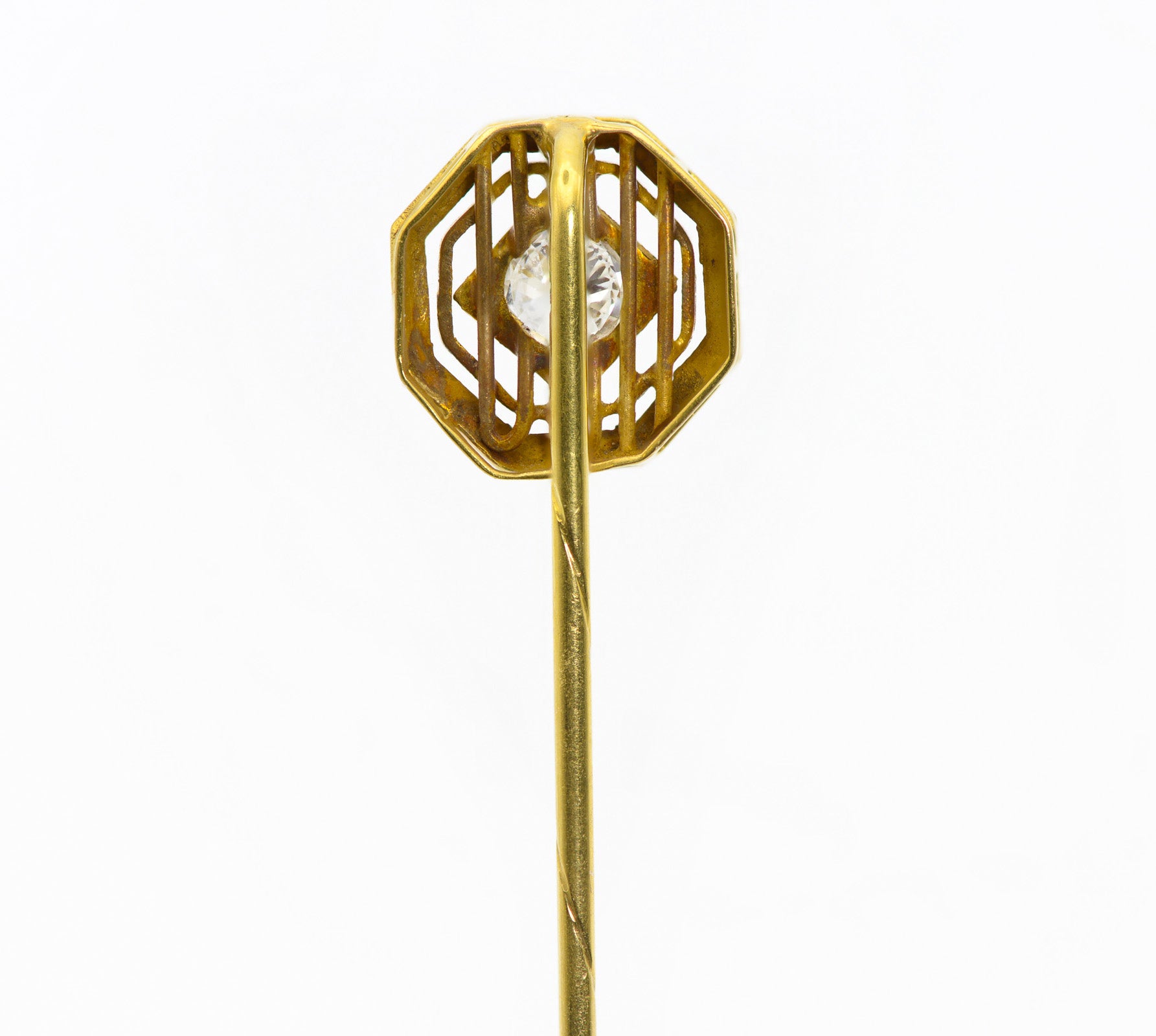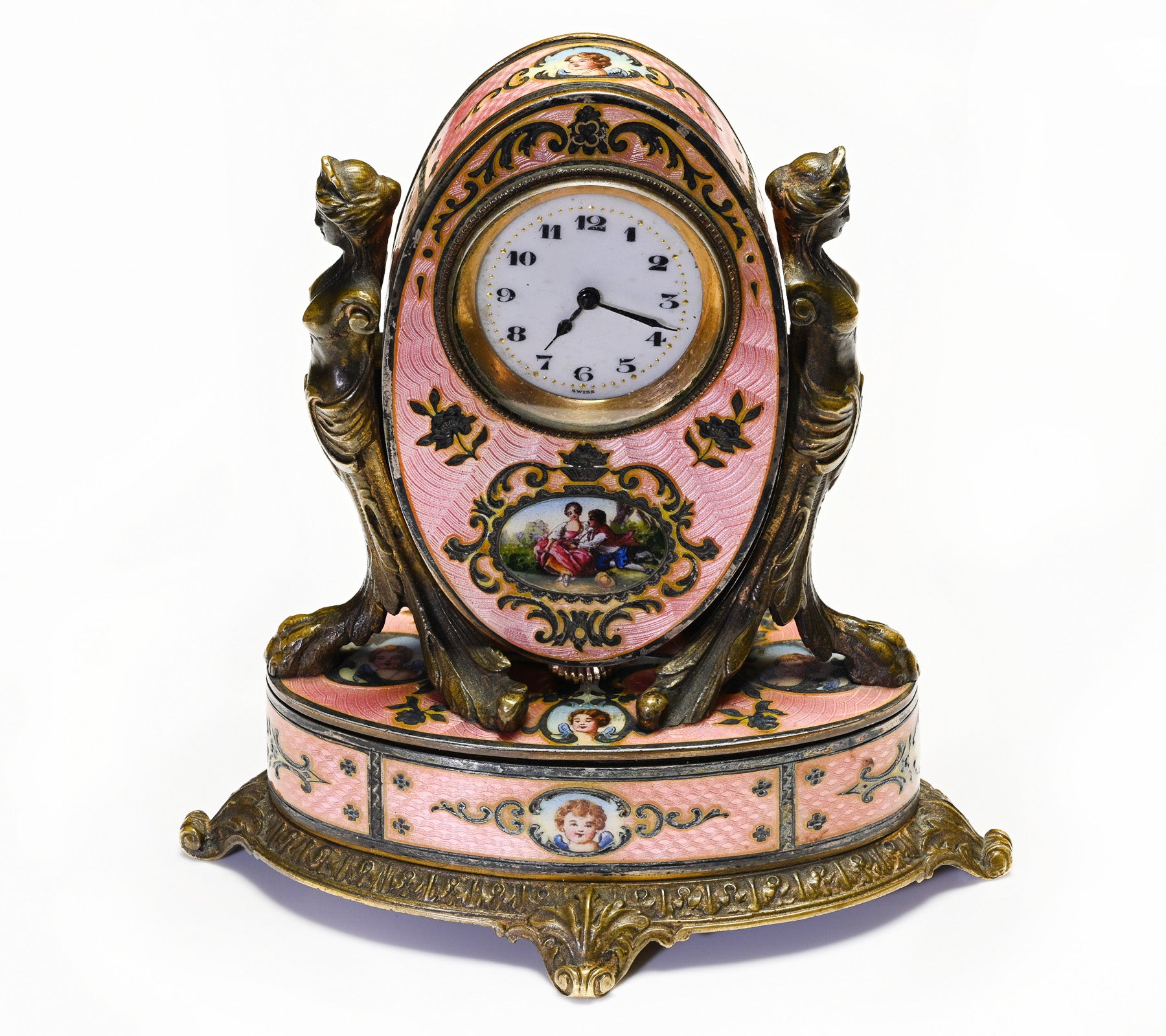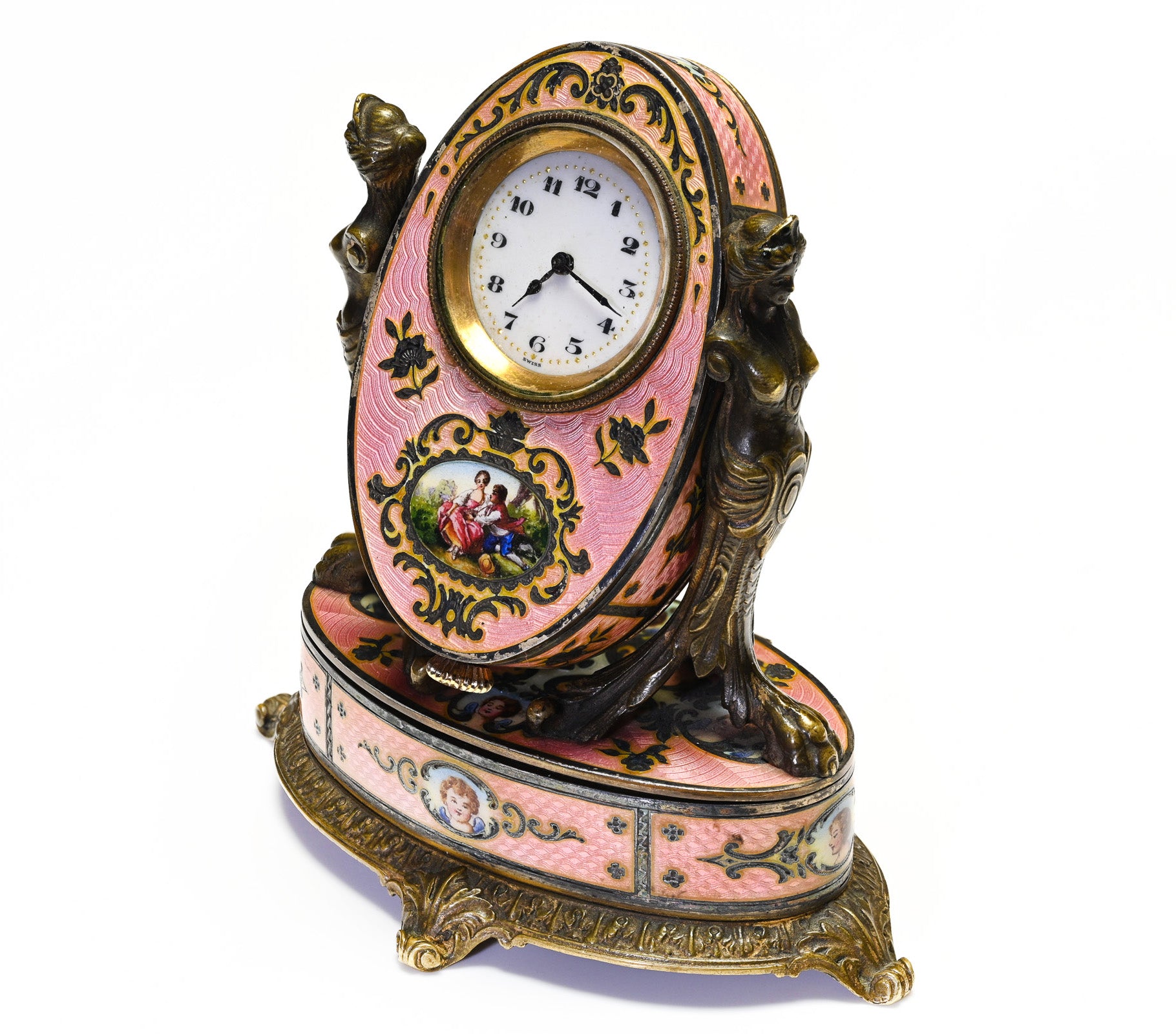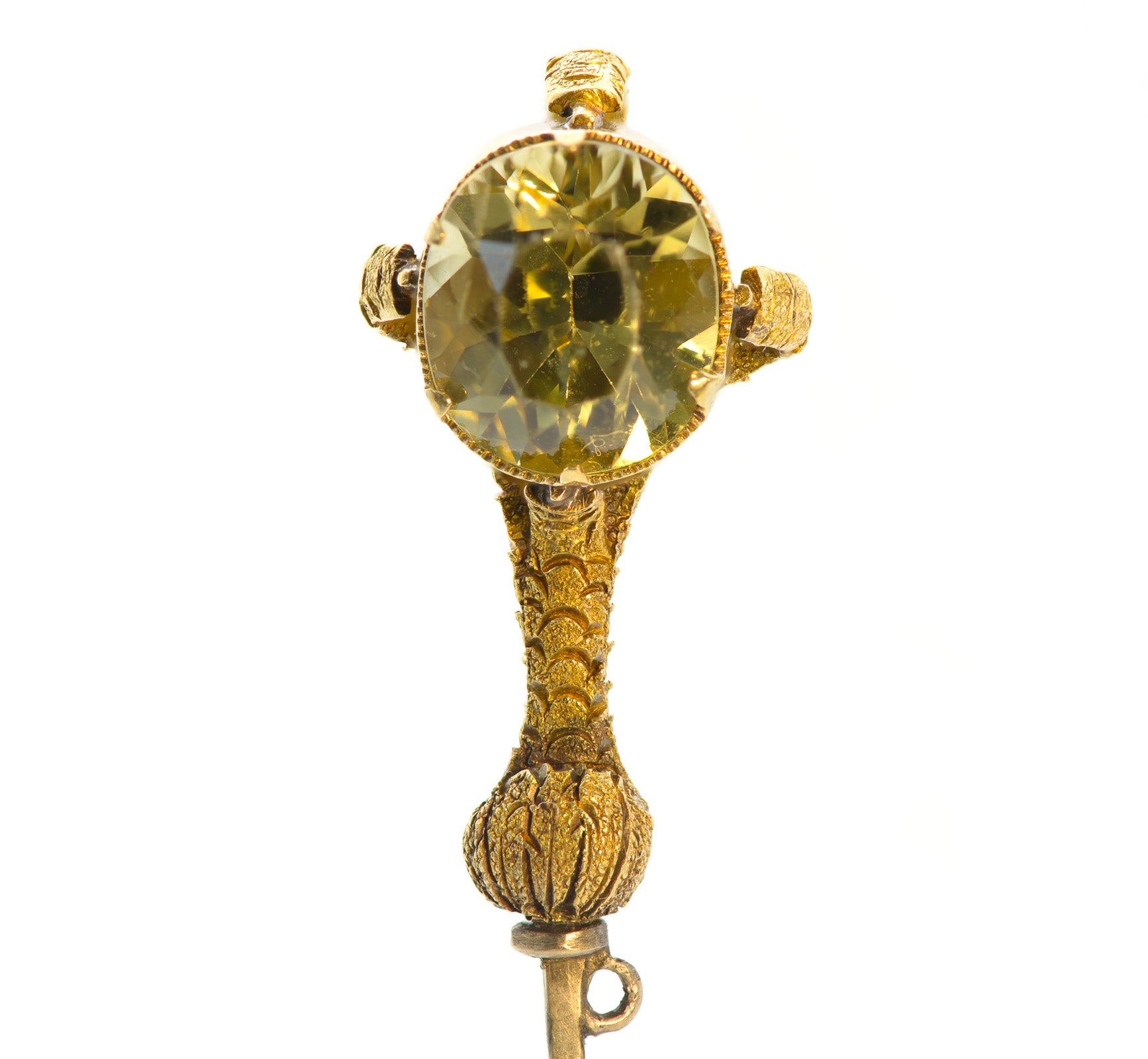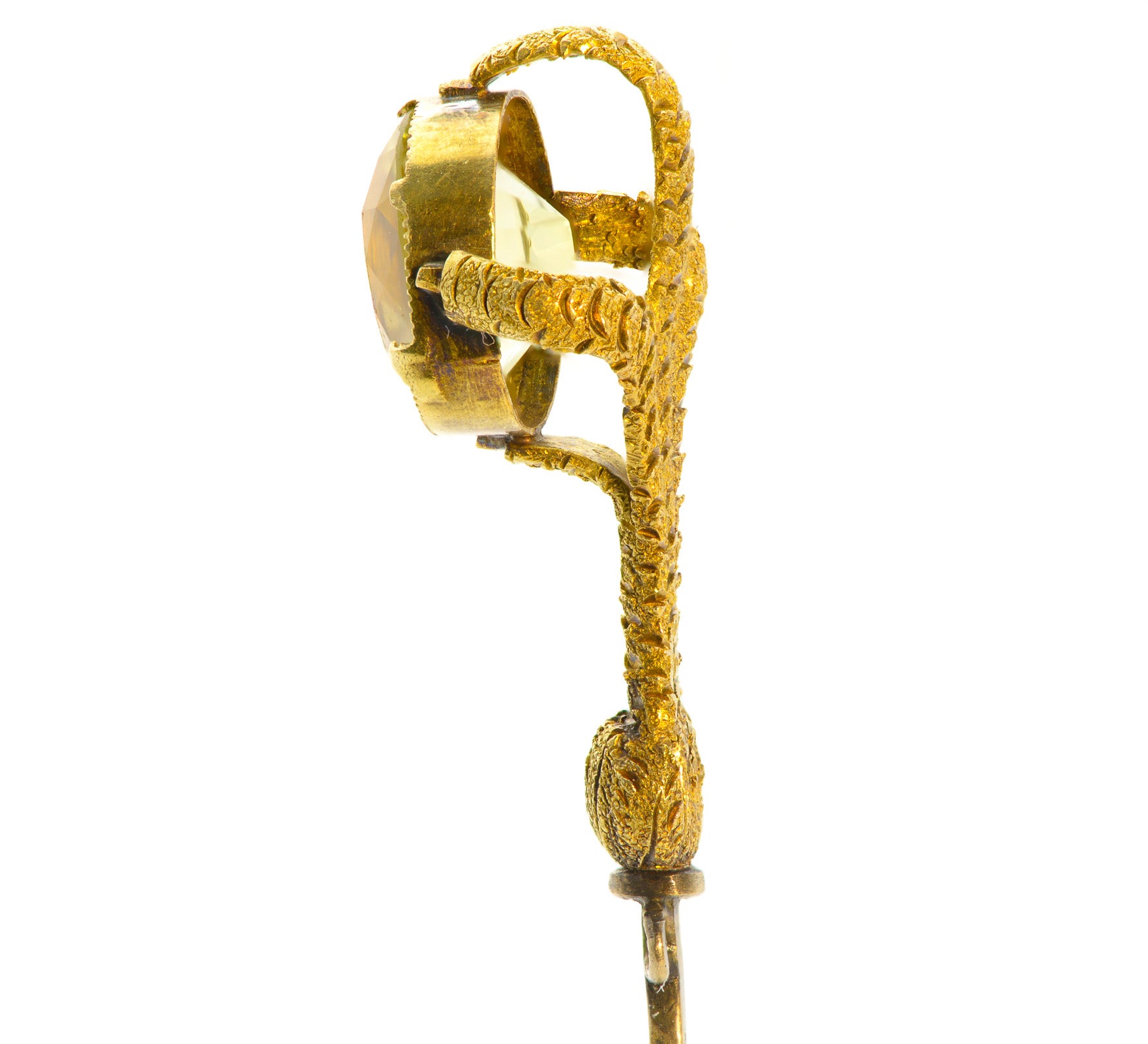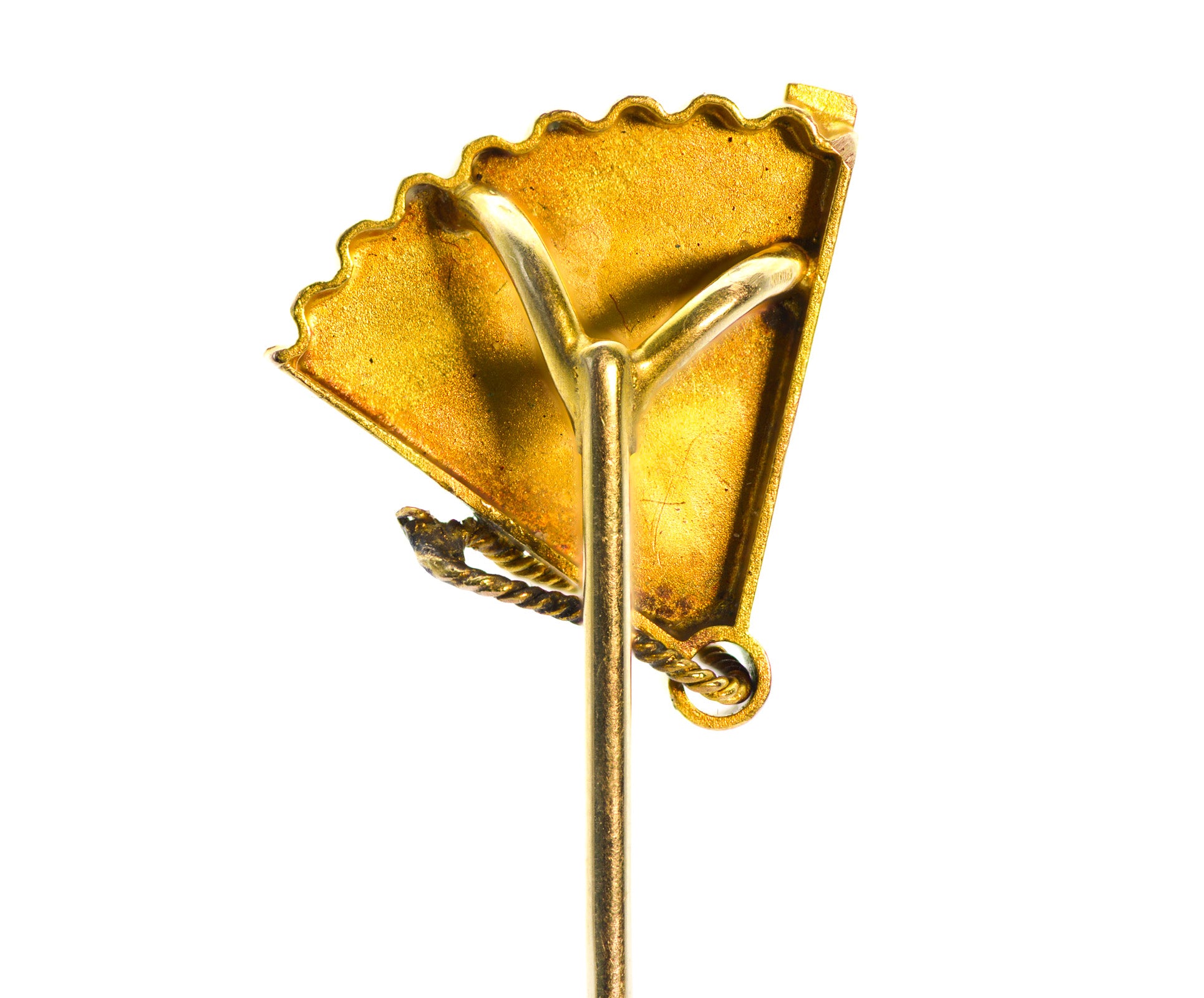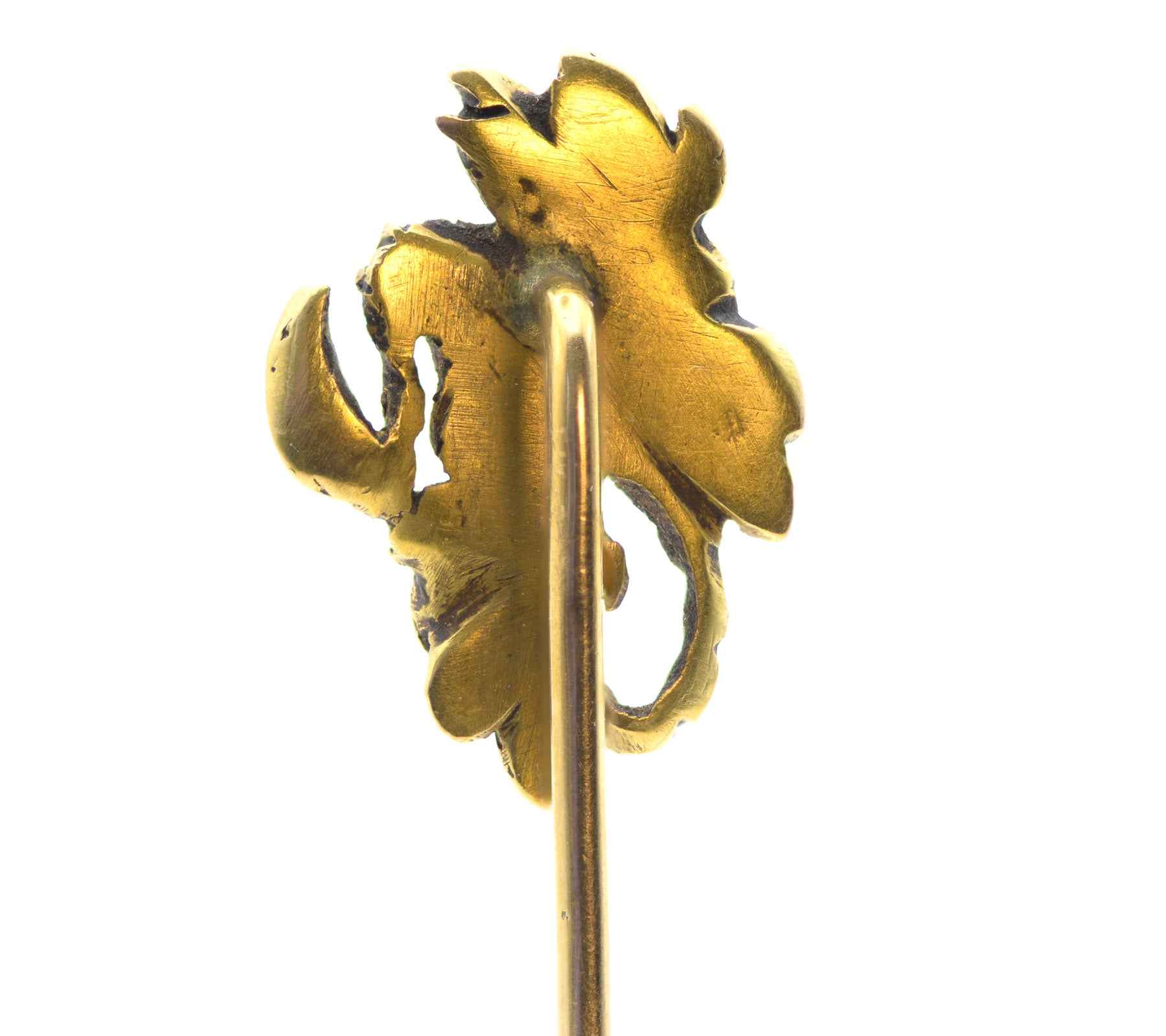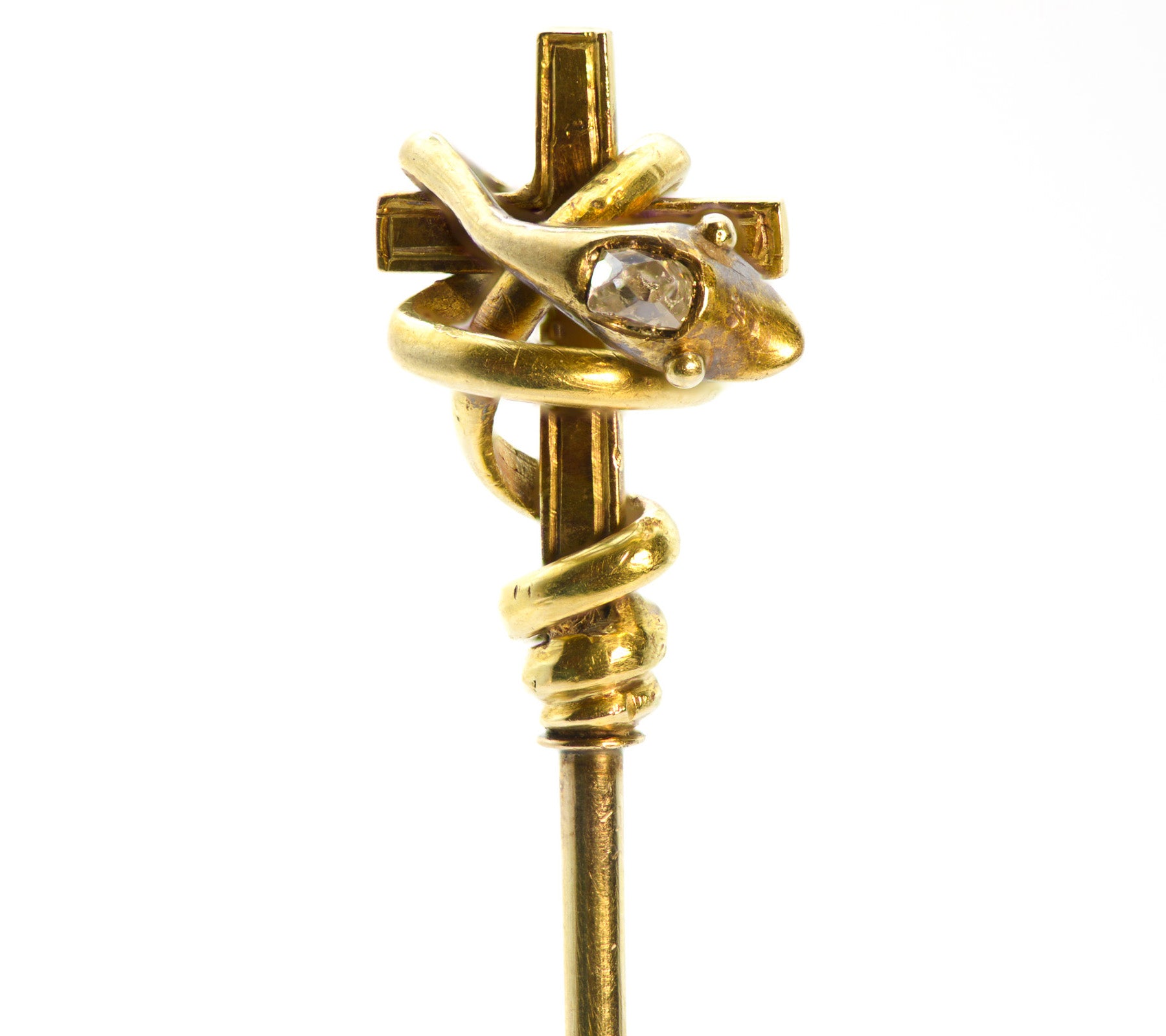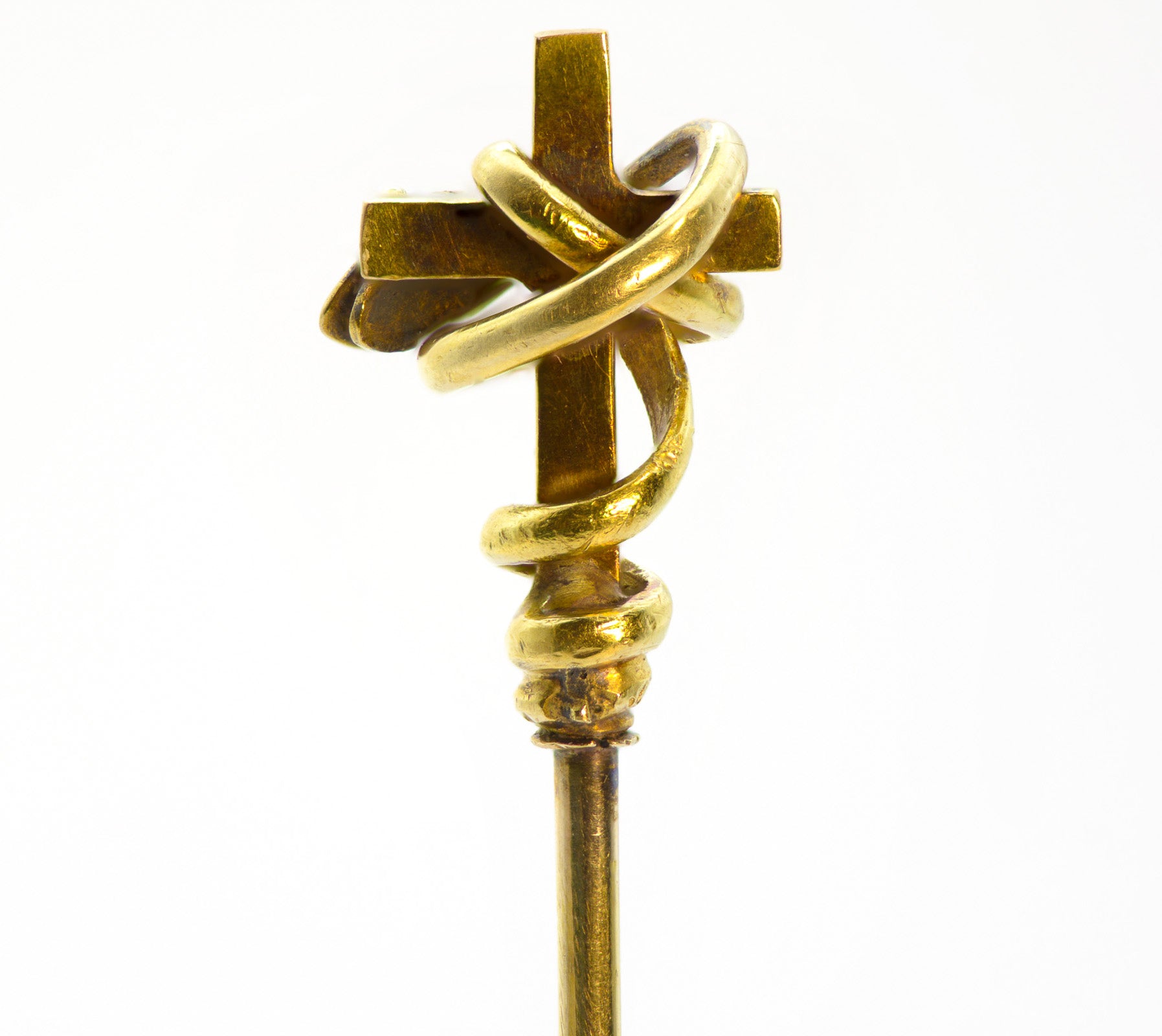
Another Famous Work Of Art Vandalized By Environmental Activists
New attack by environmental activists on an important work of art. "An act of vandalism", said the local authorities.
Climate activists throw Maple Syrup at Emily Carr's "Stumps and Sky" at Vancouver Art Gallery "to demand an end to the Coastal GasLink Pipeline currently drilling under the sacred Wedzin Kwa river on unceded @Gidimten Wet'suwet'en lands".
Climate activists have been vandalizing famous works of art in several countries around the world to protest ongoing fossil fuel extraction. In some cases, there have even been arrests and convictions after the incidents.
Vancouver police told CBC News that no arrests have been made in connection with Monday's protest, but they are investigating the incident. It seems that the two protesters who taped their hands to the wall and "redecorated" a painting by Emily Carr got away without jail time.
Emily Carr's "Stumps and Sky" Vandalized By Environmental
The activists were trying to draw attention to the climate crisis and call for an end to the construction of the Coastal GasLink pipeline.
Protesters Erin Fletcher and Emily Kelsall identified themselves as members of a group called Stop Fracking Around. They voiced their views on the lack of action by the B.C. government to slow the fossil fuel emissions that are worsening the climate crisis.
Climate activists throw Maple Syrup at Emily Carr's "Stumps and Sky" at Vancouver Art Gallery to demand an end to the Coastal GasLink Pipeline currently drilling under the sacred Wedzin Kwa river on unceded @Gidimten Wet'suwet'en lands#KillTheDrill #WetsuwetenStrong pic.twitter.com/KiOr0zKkZk
— Stop Fracking Around (@StopFrackingA) November 12, 2022
After the incident, The Vancouver Art Gallery issued a statement condemning the incident, calling it "an act of vandalism" and noting that staff believes the "Stumps and Sky" painting will have no permanent damage.
Coastal GasLink, the company behind the pipeline targeted in the protest, said it has received all necessary permits and approvals for the pipeline's construction. However, the 416-mile route is on unceded Wet'suwet'en First Nation land, whose members have repeatedly tried to remove pipeline employees, contractors, and their equipment from the area.




